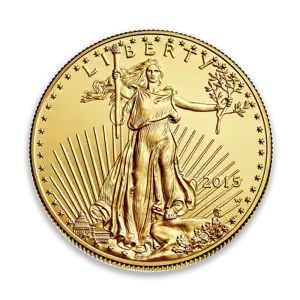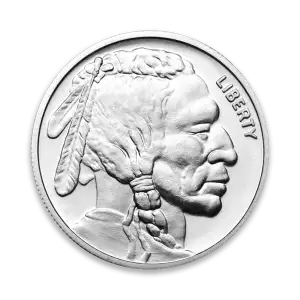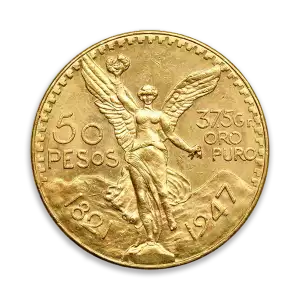China’s Strategy on U.S. Treasury Bonds, Gold, and Global Financial Markets
Introduction
China plays a dual role in the global financial system—it is one of the largest holders of U.S. Treasury bonds, yet it is also actively diversifying into gold and alternative financial structures. As the world's second-largest economy, China strategically manages its financial reserves to balance economic stability, currency control, and geopolitical influence. This article examines China’s evolving stance on U.S. Treasuries, gold accumulation, and its growing influence on global financial markets.
1. China’s Relationship with U.S. Treasury Bonds
A. Largest Foreign Holder of U.S. Debt
China is the second-largest foreign holder of U.S. Treasury bonds, after Japan, holding approximately $780 billion as of 2024. In the past, China’s massive trade surplus with the U.S. led it to invest heavily in Treasuries to recycle its U.S. dollars into interest-bearing assets. This has made China a key player in financing U.S. government debt.
B. Gradual Reduction of Treasury Holdings
Over the past decade, China has steadily reduced its U.S. debt holdings, peaking at over $1.3 trillion in 2013 and now declining to around $780 billion. The reasons for reducing U.S. Treasuries include:
- Geopolitical risks and trade tensions (e.g., U.S.-China tariff wars and sanctions threats).
- Diversification into other assets, including gold and infrastructure projects (e.g., Belt and Road Initiative).
- Concerns over U.S. monetary policy and debt sustainability (rising U.S. deficits and inflation).
C. Potential Risks of a U.S. Debt Sell-Off
China’s Treasury bond holdings act as a political tool—some analysts speculate that Beijing could dump U.S. bonds to pressure Washington in a conflict. However, a rapid sell-off would hurt China too, since it would devalue existing holdings and disrupt global financial markets. Instead of dumping bonds, China is using a gradual diversification strategy to reduce dollar reliance without triggering a financial crisis.
2. China’s Growing Reliance on Gold
A. Gold as a Reserve Diversification Tool
China has aggressively increased its gold reserves as part of its de-dollarization strategy. As of 2024, China officially holds over 2,264 metric tons of gold, but unofficial estimates suggest the actual reserves could be much higher. The People’s Bank of China (PBOC) has been steadily buying gold for over 15 consecutive months, reinforcing its long-term confidence in gold.
B. Why is China Accumulating Gold?
Reducing reliance on the U.S. dollar—gold provides a hedge against potential U.S. financial sanctions. Strengthening the yuan (RMB) as a global reserve currency—gold-backed reserves increase confidence in China’s financial system. Hedging against inflation and currency devaluation—China sees gold as a stable store of value amid global economic uncertainty.
C. Gold’s Role in China’s International Trade Strategy
China is promoting gold-backed trade settlements with BRICS nations, Russia, and Middle Eastern countries to bypass the dollar in global commerce. The Shanghai Gold Exchange (SGE) has grown in influence, challenging Western pricing mechanisms such as the London Bullion Market and COMEX.
3. China’s Influence on Global Financial Markets
A. Pushing for a Multi-Polar Financial System
China is advocating for a multipolar global financial order, reducing reliance on the U.S. dollar in trade and reserves. Through Bilateral Currency Swaps, China enables trade partners to use yuan instead of dollars, especially in energy and commodity deals.
B. The Rise of the Digital Yuan (CBDC)
The digital yuan (e-CNY), launched by China’s central bank, aims to challenge the dominance of the U.S. dollar in global payments. The digital yuan has been tested in cross-border trade, positioning China as a leader in central bank digital currency (CBDC) adoption.
C. China’s Role in BRICS and Global Trade Agreements
China has led discussions within BRICS (Brazil, Russia, India, China, South Africa) on creating an alternative reserve system based on commodities like gold and oil. BRICS countries are increasing trade in yuan, weakening the petrodollar system that has dominated global trade since the 1970s.
4. Implications for Global Investors
A. Gold Demand & Price Impact
China’s massive gold purchases have contributed to rising gold prices globally. Investors view central bank gold accumulation as a signal of long-term bullish trends for the metal.
B. U.S. Bond Market Volatility
China’s gradual sell-off of U.S. Treasuries could lead to higher U.S. interest rates and greater volatility in debt markets. If China accelerates its Treasury reductions, it may impact the dollar’s stability and global debt financing.
C. Shift in Reserve Currency Dynamics
China’s strategy may lead to a gradual decline in U.S. dollar dominance, though the yuan is not yet a viable global reserve alternative. However, a multi-currency reserve system (USD, yuan, gold, and regional currencies) could reshape financial markets over time.
Conclusion: China’s Balancing Act in the Global Financial System
China continues to hold U.S. Treasuries but is reducing exposure to mitigate geopolitical and financial risks. Gold is a key part of China’s strategy, serving as a reserve hedge and a tool for global financial influence. China is pushing for a multi-currency world, using gold, yuan, and digital finance innovations to weaken U.S. dominance in global trade. For investors, China’s moves signal long-term shifts toward gold, yuan-based trade, and financial decentralization, making it essential to watch how these trends evolve in the coming years.












